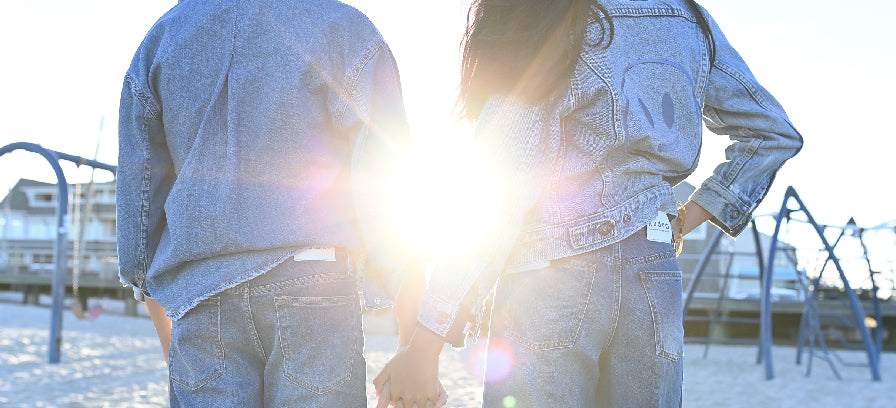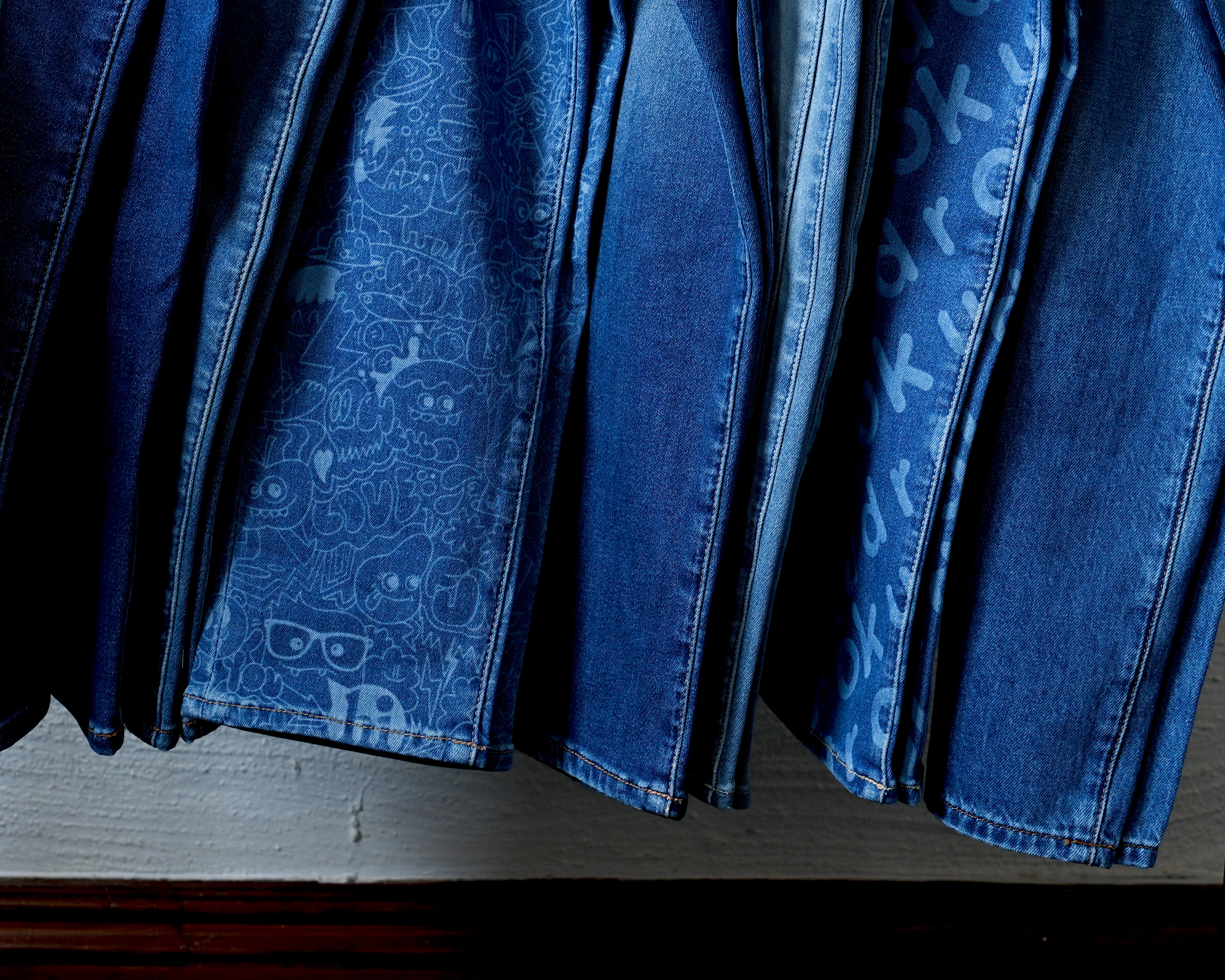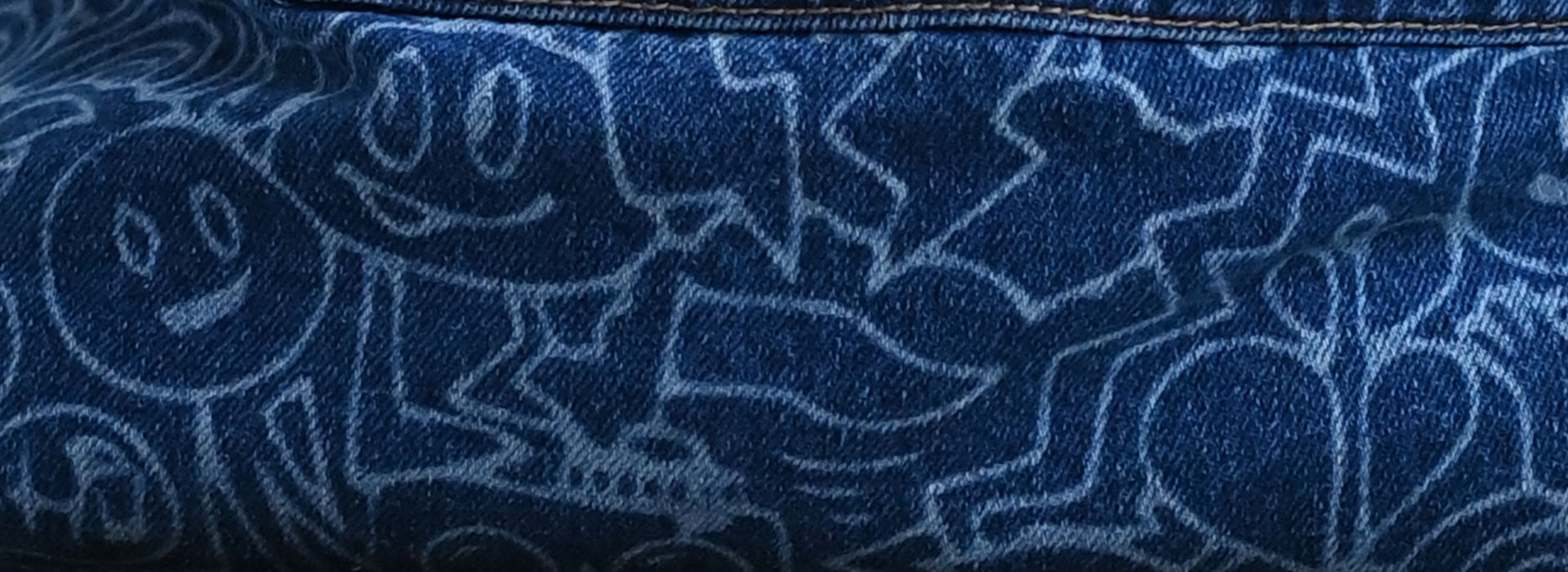Tips for Raising Eco-Conscious Children by Introducing Them To Sustainable Fashion

Teaching children about sustainable fashion doesn’t have to be difficult or expensive. With a little creativity and mindfulness, we can create wardrobes that are kind to the planet and beneficial for our children’s development. Whether through choosing quality over quantity, embracing second-hand shopping, or supporting ethical brands, every small step contributes to a more sustainable future. By instilling these values in our children, we help them grow into responsible, eco-conscious adults who will continue to champion sustainability in all areas of their lives.
- Choose Quality Over Quantity -Invest in well-made, durable clothing that can withstand the rigors of childhood. High-quality pieces may cost more initially, but their longevity makes them cost-effective in the long run. This also means fewer purchases, reducing waste.
- Buy Second-Hand/ re-loved, pre-loved - Thrift stores, consignment shops, online marketplaces and brands with re-sale platforms offer a treasure trove of gently used children’s clothing. Buying second-hand extends the life of garments and keeps them out of landfills. It’s also a great way to find unique pieces and teach children the value of reusing items.
- Opt for Eco-Friendly Materials - Look for clothing made from sustainable or botanical materials such as organic cotton, bamboo, hemp, and recycled fabrics. These materials have a lower environmental footprint compared to conventional fabrics.
- Support Ethical Brands Research and support brands that prioritize ethical production practices. These brands often provide fair wages and safe working conditions for their workers and use environmentally friendly production methods. By supporting them, you contribute to a more sustainable fashion industry.
- Embrace DIY and Upcycling Get creative with your children by repurposing old clothing into new items. This can be a fun, educational activity that teaches children the value of creativity and resourcefulness. For example, if they’re outgrown a pair of jeans cut them into a pair of shorts.
- Teach Proper Care and Maintenance Educate children on how to take care of their clothes to extend their lifespan. Simple habits like washing clothes in cold water, air drying, and repairing minor damages can make a significant difference in reducing wear and tear.
- Adopt a Minimalist Approach Encourage a minimalist wardrobe with versatile, mix-and-match pieces. This reduces the need for a large quantity of clothing and promotes thoughtful consumption. A minimalist wardrobe also makes it easier for children to choose their outfits and develop their personal style.
- Hand-Me-Downs Embrace the tradition of hand-me-downs from siblings, relatives, or friends. This not only saves money but also reduces the environmental impact associated with producing new clothes. Ensure that hand-me-downs are in good condition and suitable for the new wearer.
- Engage and Educate Involve children in the process of making sustainable fashion choices. Explain why it’s important to consider the environment and the impact of their choices. Engage them in discussions about sustainability and encourage them to come up with their ideas for being more eco-friendly.
Small steps add up to make a big difference for the future generation!
- Tags: Artisan Kids Jeans Boutique Children's Jeans Designer Kids Denim Durable Kids Denim Eco-Friendly Kids Clothing Ethical Kids Fashion Gender-Neutral Kids Clothing Handcrafted Kids Denim High Quality Children's Denim Luxury Kids Jeans Premium Kids Denim Small Batch Kids Jeans Soft Kids Jeans Sustainable Kids Denim sustainable tips for kids Unisex Kids Jeans







